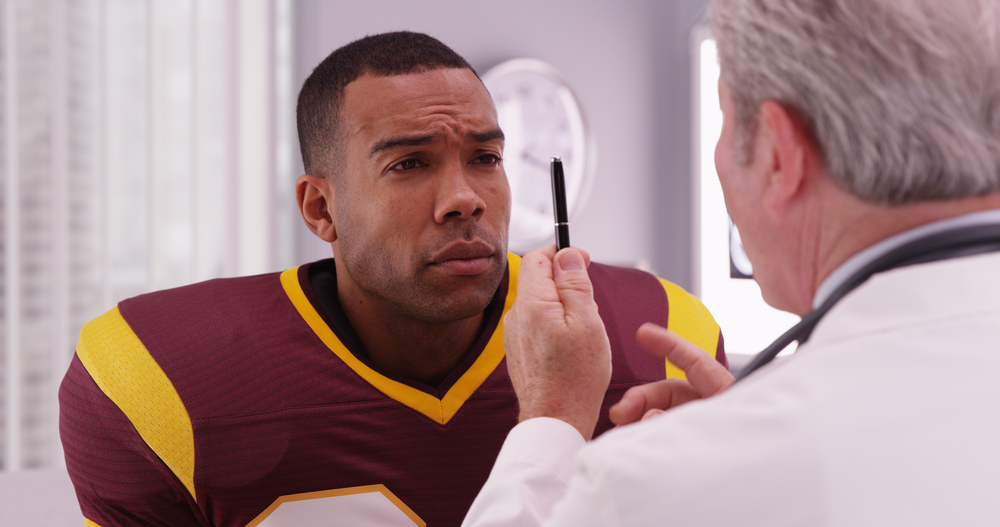
A new method of evaluating concussions may pave the way for a better forecast as to what the long-term impacts might be.
A new method may give doctors the ability to forecast the long-term symptoms of concussions.
Researchers from the University of California-San Francisco have developed a new system using a non-invasive MRI method that could for the first time predict how likely a patient is to continue to experience symptoms months or years after the head-jarring event.
The research team used the MRI—dubbed functional MRI (fMRI)—with a sophisticated statistical analysis to track activity in the brain network of 75 patients between 18 and 55 who suffered concussions within two weeks of the study.
The study revealed telltale patterns of brain activity that, six months later, were associated with worse performance on behavioral and cognitive tests and were different from patterns seen in healthy control subjects.
The new methods highlighted abnormal patterns of brain activity that pointed to a higher risk for long-term, post-concussive symptoms, even among the 44 study participants who had no evidence of bleeding or bruising in the brain in the immediate aftermath of brain trauma on computed tomography or ordinary MRI scans.
Dr. Pratik Mukherjee, Ph.D., professor of radiology and biomedical imaging at UCSF and the senior author of the study, said the new method will provide more information to help treat concussions.
“This is an exploratory, proof-of-concept study showing that we can identify patients soon after mild brain trauma who may have more persistent symptoms, despite no other evidence of injury within the brain,” Mukherjee said in a statement. “We may be able to use this information to help guide treatment decisions and counseling of patients early on, when it may be more effective.”
The study only focused on subjects who lost consciousness for less than 30 minutes, with many of the subjects saying they never lost consciousness at all during their injury.
Scientists refer to concussions as mild traumatic brain injury (mTBI) but in some patients the harmful and occasionally insidious effects are long lasting.
Symptoms include confusion, headache, changes in vision or hearing, thinking or memory problems, fatigue, sleep changes and mood changes.
Mukherjee said patients are often told to rest and take counseling while effective drug treatments currently await discovery.
In the study the mTBI patients displayed less connectivity in frontal areas of the default mode network—a set of brain regions that are particularly active in the resting brain.
They also exhibited less connectivity within several other networks, including those known as the executive control network, the fronto-parietal network, the dorsal attentional network and the orbitofrontal network, while they also showed an increase in connectivity in the visual network.
These differences were associated with worse performance months later in cognitive and behavioral tests.
The study was part of a $17 million public-private project administered by the U.S. Department of Defense aimed at developing better-run clinical trials and discovering the first successful treatment for traumatic brain injuries.
Under the initiative a research team comprised of representatives from several universities, the Food and Drug Administrations, companies and philanthropies, will examine data from thousands of patients in an effort to identify effective measures using biomarkers from blood, new imaging equipment, software and other tools to identify effective measures and recoveries of brain injury.
An estimated 2.5 million people in the U.S. seek medical care for traumatic brain injuries annually and the U.S. Centers for Disease Control and Prevention estimates 2 percent of the U.S. population now lives with TBI-caused disabilities.




